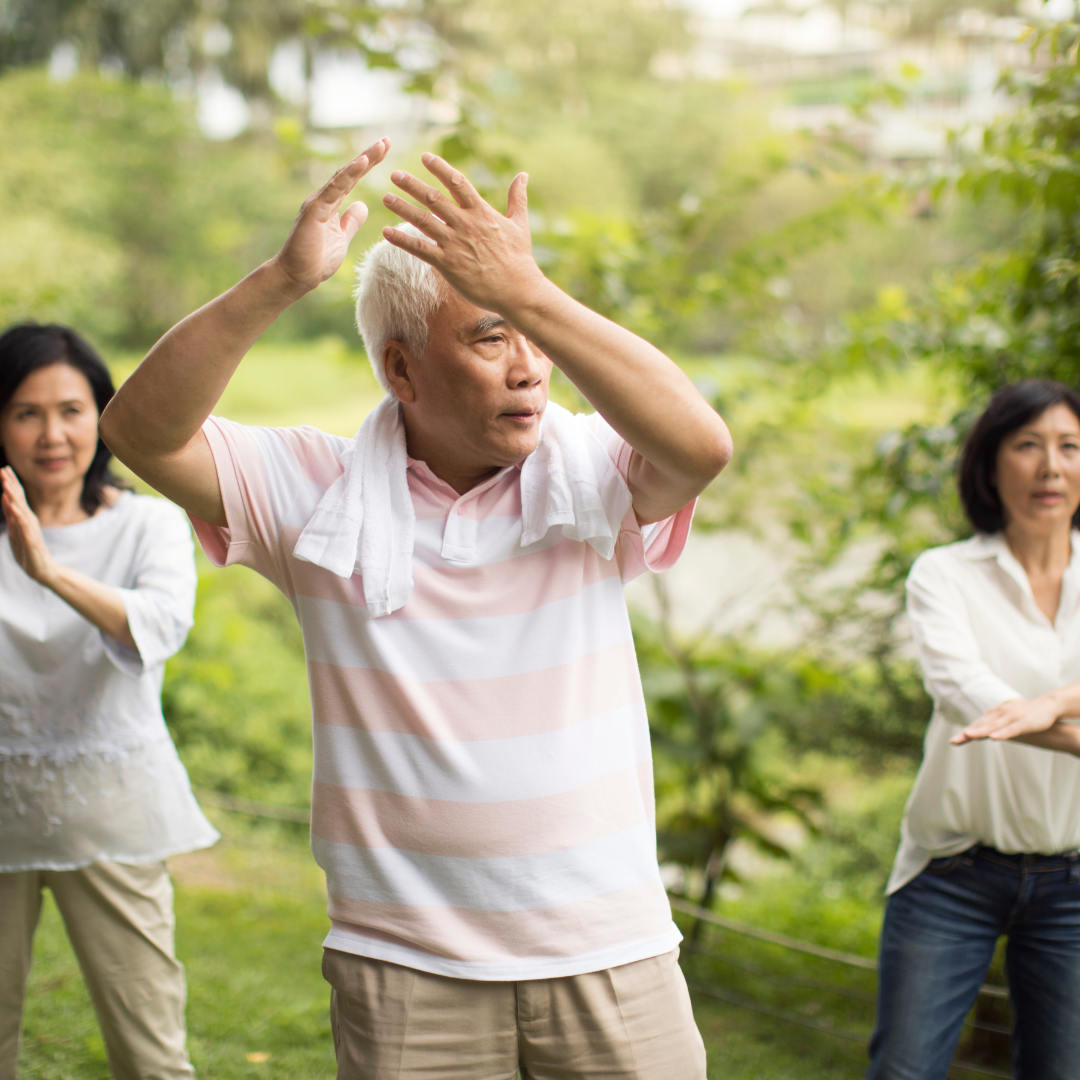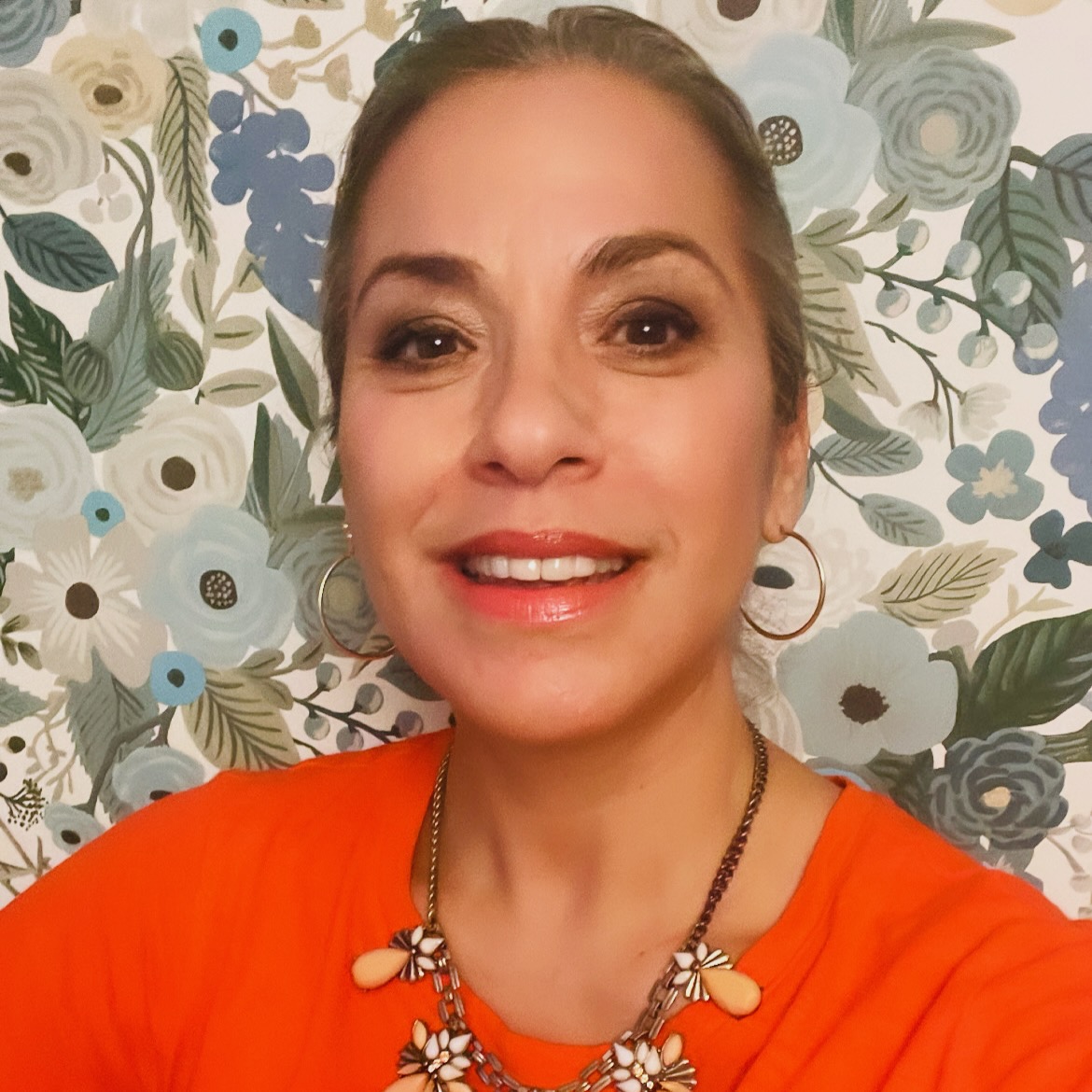Discover the lifestyle habits and principles of the world’s longest-living communities, and learn how to incorporate them into your daily routine for healthy aging and a longer life.
We are all getting older.
That is not meant to bum anyone out; it’s actually very good news. Recent data show that the U.S. population’s average life expectancy is around 76 years, over three years more than 20 years ago; and it is estimated that, by the year 2030, those 65 years old and above will account for about 20% of all Americans. People 85 years of age and older now represent the fastest-growing subgroup in the U.S. and the number of centenarians continues to grow as well.
As I approach my 56th birthday (I KNOW!) and reflect on the past years with some of my DishWithDina clients, I noticed that one major lesson we all have been learning is that success lies not only in having a plan, but sticking with that plan consistently. When we prepare in advance both our food and our physical activity, we make healthier choices overall. With that in mind, we can (hopefully) prioritize our commitments and embrace the years ahead of us. As we further develop our routines and continue to incorporate healthful habits in our lives, we can prepare for successful futures.
Healthy Aging Month
September is recognized as “Healthy Aging” month, an opportunity to focus on the positive aspects of growing older and to promote lifestyle choices that support long-term health and vitality. As a registered dietitian, I understand that the key to aging well lies in the consistent practice of balanced nutrition, regular physical activity, and mindful wellness habits. Healthy aging isn’t just about adding years to your life but also about adding life to your years—ensuring that the later stages of life are vibrant, active, and fulfilling.
What Is Longevity?
Longevity refers to the length of time that an individual lives, and/or how we define a “long life”. But, within living healthier lies the quality and not just the quantity of our years. Aside from any tragic events that might take us from this earth sooner than we would like, longevity encompasses factors like genetics, lifestyle choices, environmental factors, and access to healthcare, some of which may or may not be in our control[1].
In recent years, there has been growing interest in studying longevity to understand the factors that contribute to a longer and healthier life. This includes exploring the habits, diets, and environments of populations that have an unusually high number of centenarians (people who live to be 100 years or older), such as those in the so-called “Blue Zones“:
- Sardinia, Italy
- Okinawa, Japan
- Nicoya Peninsula, Costa Rica
- Icaria, Greece
- Loma Linda, California, USA
Research in longevity spans studies with both animal and human subjects and aims to uncover ways to extend both the lifespan (the number of years a person lives) and the health span (the number of years a person remains healthy and free from serious illness). The ultimate goal is not just to add years to life but to add life to years, ensuring that individuals enjoy a good quality of life as they age.
Theories of Aging
One of the concepts I teach in my undergraduate lifecycle nutrition course is the Theories of Aging, which consist of the following views:
- The Programmed Aging Theory suggests that aging is a process that is pre-determined by our genetic code. According to this theory, our bodies are programmed to age in a certain way and at a certain time, much like a biological clock. As we get older, certain genes are turned on or off, leading to the gradual decline in bodily functions and ultimately, to aging and death. This theory views aging as an intentional and natural process that has been shaped by evolution.
- The Molecular Clock Theory, specifically related to methylation[2], proposes that aging is influenced by changes in the DNA over time, particularly through a process called methylation. Methylation is a chemical modification of DNA that can turn genes on or off. As we age, our DNA accumulates methylation changes, which can disrupt normal gene function and lead to age-related diseases. This theory suggests that by measuring these methylation changes, we can predict a person’s biological age, which might be different from their chronological age.
- Wear-and-Tear Theories propose that our bodies age due to accumulated damage over time. This damage is caused by various harmful factors, including environmental stress, toxins, and the byproducts of our metabolism. Cytotoxicity (aka cell death) refers to the damage that occurs at the cellular level due to exposure to toxic substances. Over time, this damage adds up, leading to the breakdown of tissues and organs, which ultimately contributes to aging.
Consider your life and all of the factors that make up what you believe influence your health. Which theory seems the most plausible? What are the reasons you chose that theory of aging and not another? Are there areas that you believe can be modified (on your own or with support from your mental and physical care providers) and, if so, what do you think might be most challenging in trying to modify those areas?
According to studies done by the National Institute on Aging, the body is resilient and there can be many behaviors and choices we can make to slow the aging process. Many of these factors seem to be replicated in the Blue Zone populations.
Common Traits in Blue Zones
Health is a state of complete physical, mental, and social well-being, not merely the absence of disease or weakness. It encompasses a balanced lifestyle where the body, mind, and spirit function optimally, allowing individuals to lead fulfilling and active lives. But let’s also acknowledge that, as we age, we might also be managing multiple chronic conditions, mobility issues, and changes in financial status, among other things.
Therefore, while traditional definitions of health often emphasize physical and mental well-being, people with disabilities of any kind can also demonstrate living a life that is rich in meaning, connection, and personal fulfillment. Let’s keep that in mind as we review the common lifestyle and dietary factors observed in Blue Zones:
- Move Naturally: Engage in regular, natural physical activity throughout the day, such as walking, gardening, or manual tasks, rather than structured exercise routines.
- Purpose: Have a clear sense of purpose, often referred to as your “reason for being” or “why you wake up in the morning.” This contributes to both mental and physical well-being.
- Downshift: Find ways to manage and reduce stress. Blue Zone residents engage in daily rituals like prayer, meditation, taking naps, or spending time with loved ones to unwind.
- 80% Rule (aka Hara Hachi Bu): Practice mindful eating by stopping when 80% full to avoid overeating. This concept of portion control helps maintain a healthy weight.
- Plant Slant: Eat a predominantly plant-based diet rich in vegetables, fruits, legumes, and whole grains. Meat, if consumed, is typically eaten in small portions.
- Wine at 5: In most Blue Zones, moderate alcohol consumption, particularly wine, is a common habit, usually enjoyed with friends and food.
- Belong: Be part of a faith-based community. Attending religious services or spiritual gatherings can provide a sense of belonging and offer social support, which is linked to increased longevity.
- Loved Ones First: Prioritize family and close relationships. Blue Zone residents invest time in their loved ones, often living in multi-generational households and caring for one another.
- Right Tribe: Surround yourself with a supportive social network that promotes healthy behaviors. These communities are essential in reinforcing positive habits and providing emotional support.
These “Power 9” behaviors represent a holistic approach to living that combines physical, mental, emotional, and social well-being, all contributing to longer and healthier lives. I have my own thoughts and opinions about some of these, but I’ll address the ones that come up the most in my nutrition counseling sessions.
The Role of Nutrition
One of the most critical aspects of healthy aging is maintaining a nutrient-rich diet. This includes focusing on whole foods that provide essential vitamins and minerals, particularly those that support bone health, cognitive function, and cardiovascular wellness. For example, calcium and vitamin D are vital for bone density, while omega-3 fatty acids are beneficial for brain health. Incorporating plenty of colorful fruits and vegetables can provide antioxidants that protect against cellular damage.
Consider some of your favorite foods. Do they fall within what you believe to be “nutrient-rich”? Are you able to access quality, affordable, and nutritious foods? What are some of the conditions that allow you to be successful—or find it challenging—in making healthy food choices?

Active Aging and Movement
One of the most important things we can do to slow or minimize some of the inevitable physiologic changes that will come with aging—like loss of sensory perception, gastrointestinal function, and body composition—is to always keep moving. If you are medically cleared to do so, incorporating aerobic activity, muscle strengthening, and flexibility and balance exercises on a daily basis can help achieve longevity and quality of life.
Remember that every little bit helps, so move what you can when you can. What activities or practices help you feel your best as you age? What are some things you used to love doing that you no longer do…and why?

Social Connections and Community Engagement
Many of us found what it’s like to live in isolation during the lockdown at the start of the pandemic and, while some folks love working from home and being on their own, missing out on socializing can prove detrimental for others.
In these Blue Zones, strong bonds with family, friends, and the broader community play a significant role in fostering well-being and longevity. Being part of a close-knit community provides emotional support, reduces stress, and offers a sense of belonging, all of which contribute to a healthier and more fulfilling life.
Consider the following if you’re currently finding yourself doing more than you want on your own:
- Join a Local Group or Club: Whether it’s a book club, gardening group, or volunteer organization, joining a group can help you connect with like-minded individuals and build new friendships.
- Prioritize Time with Loved Ones: Make a conscious effort to spend quality time with family and close friends, whether through shared meals, regular phone calls, or special outings.
- Engage in Community Events: Attend local events, such as festivals, farmers’ markets, or community fairs, to meet new people and strengthen your ties to the community.
- Practice Active Listening: When engaging with others, practice active listening to deepen your connections and show that you value the relationship.
- Reach Out to Neighbors: Foster a sense of community in your neighborhood by introducing yourself to neighbors, offering help, or organizing a neighborhood gathering.

Creating Your Longevity Plan
Over the coming weeks, review your schedule, commitments, and areas that are or aren’t working for you. Review the items listed above and decide on what behaviors might need some tweaking to help you create a personalized plan inspired by Blue Zone principles. Set realistic and sustainable goals to implement any kind of lifestyle changes. Need help? Check out our past webinar on SMART Goals.
Here’s to the future…and beyond!
NOTE: If you’re reading this at time of publication, please join us for our next *FREE* monthly Wellness Webinar on Thu, Sep 12 from 12-1pm ET where we dive a little deeper into the topics around Healthy Aging Month and the Blue Zones. As always, all registrants will receive a link to the recording after the event.
References:
- What is food security? – https://concernusa.org/news/what-is-food-security/
- Unveiling the Epigenetic Impact of Vegan vs. Omnivorous Diets on Aging: Insights from the Twins Nutrition Study (TwiNS) – https://www.medrxiv.org/content/10.1101/2023.12.26.23300543v1



0 Comments